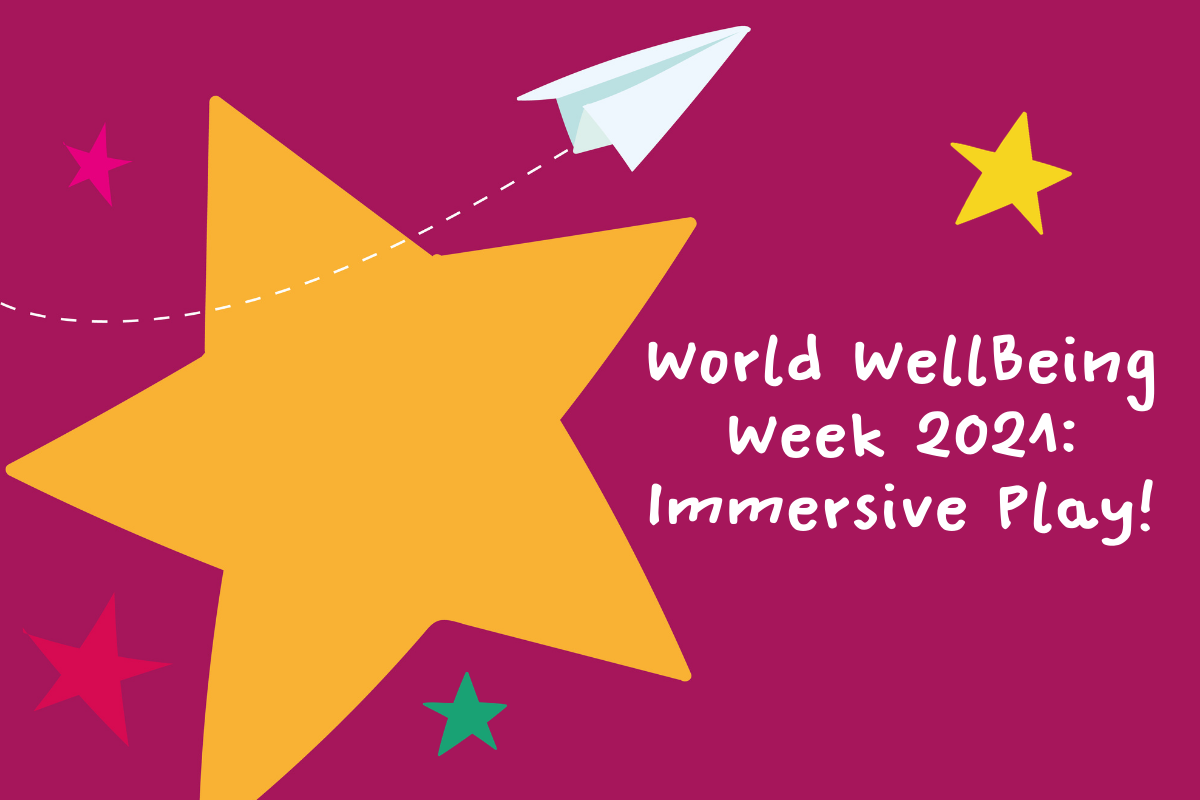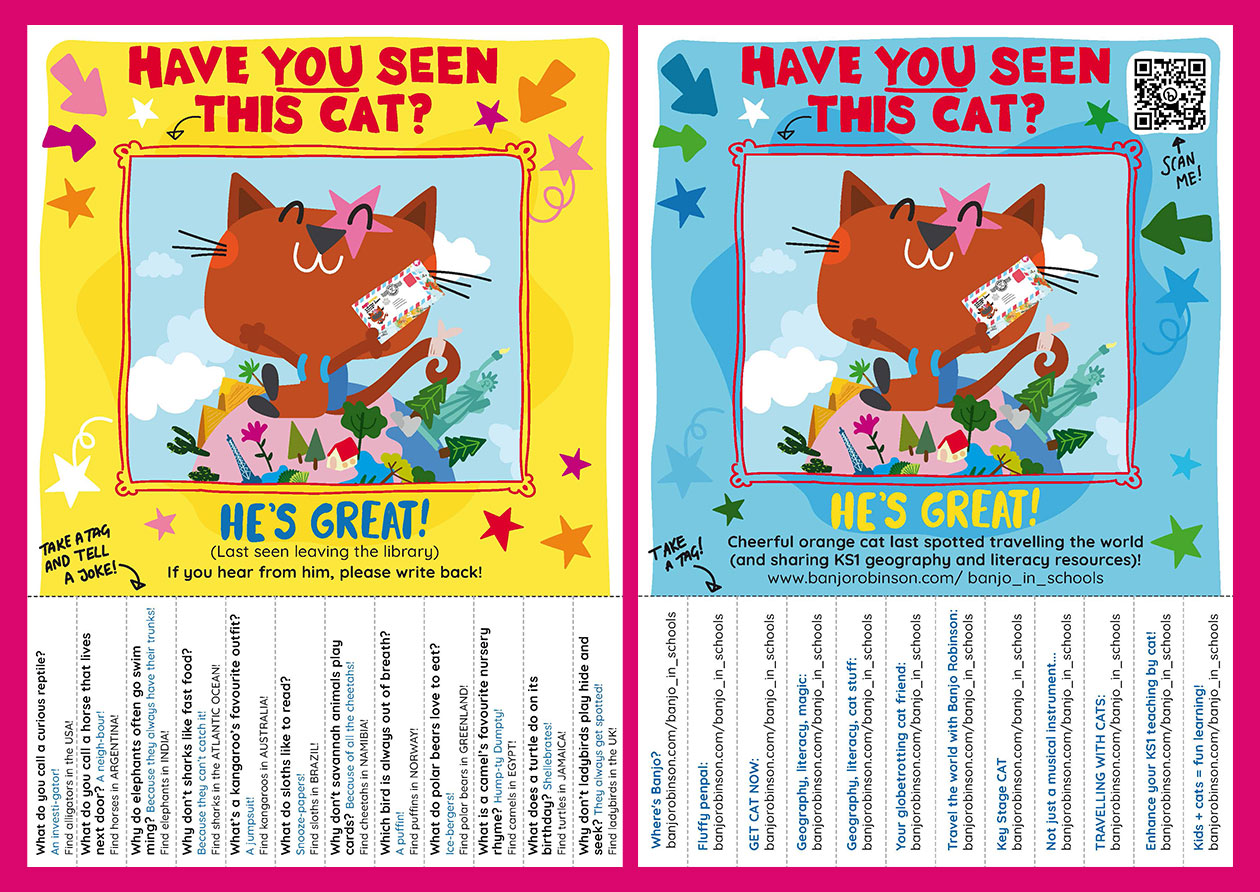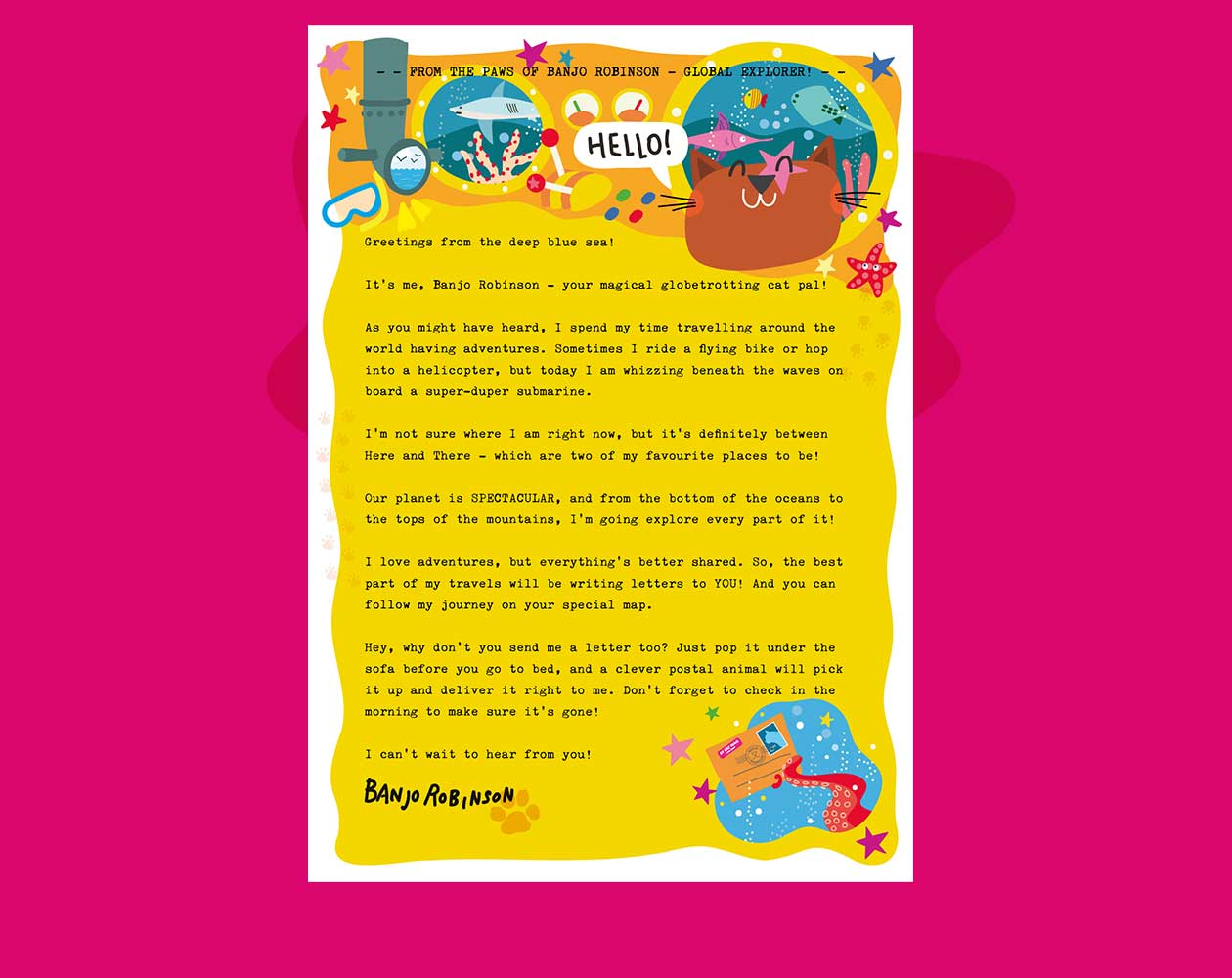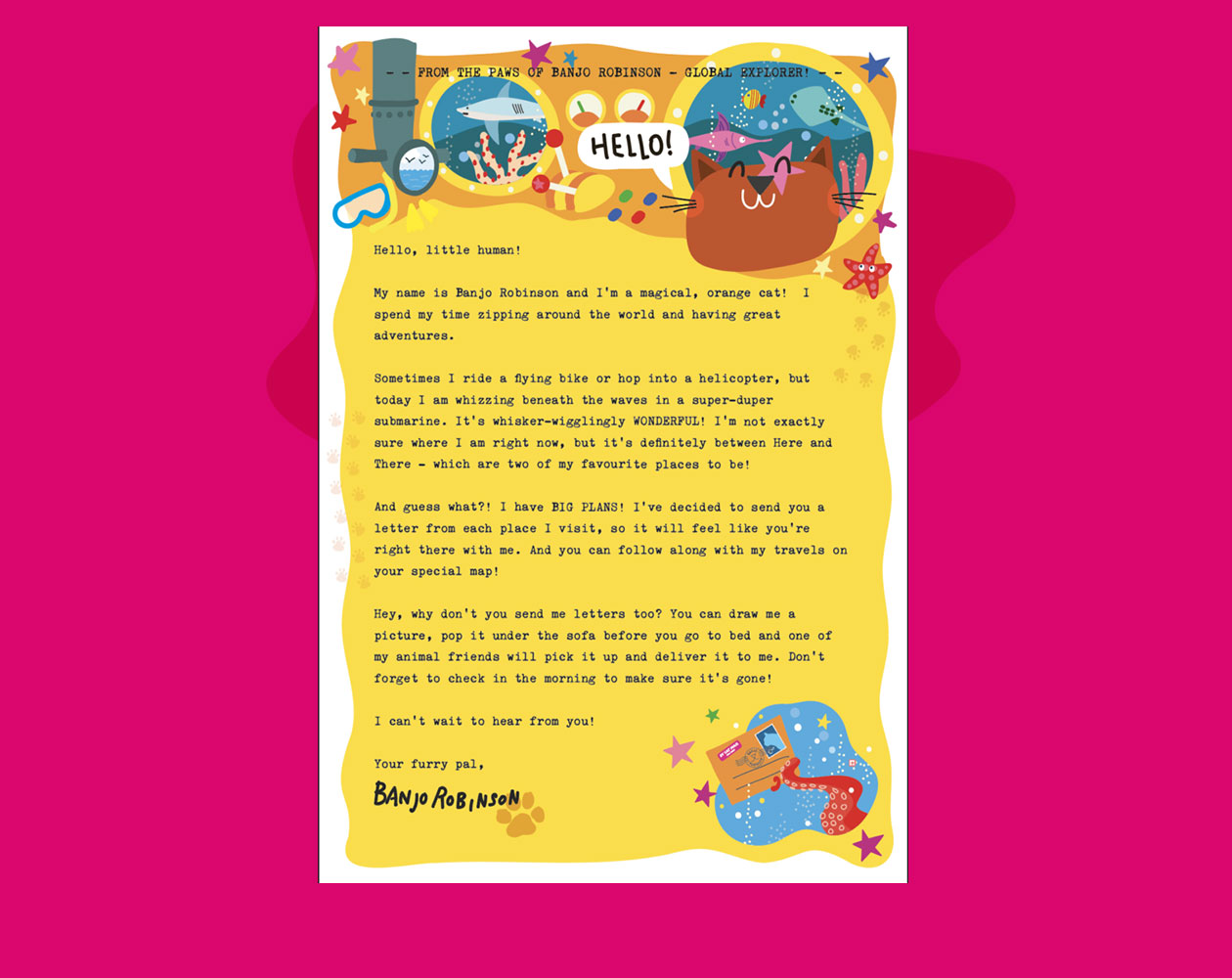World WellBeing Week | Immersive Play!

World WellBeing Week is a great time to think about all the ways in which we can promote wellness in our own families, from the emotional to the physical and everything in between. Each day this week, the team at Banjo HQ are focussing on a wellbeing theme which might be helpful for you and your little ones.
Today we’re thinking about immersive play and how much fun it is!
So, how can we encourage immersive play in children?
From a young age, kids are frequently in structured learning environments. But what is the best way to encourage immersive play in children?
From the time they enter preschool, they are encouraged to follow along with their teachers and parents, but ‘free play’ is also necessary for development.
Immersive play happens when your child is not following a structured guideline – such as building forts or finger-painting. This type of play-led learning is unique because the child is essentially in charge of what they will be learning. This cultivates independence, imagination and problem-solving skills.
Over the years, there has been a sharp decline in play-led learning, as many parents feared that letting kids play unsupervised would interfere with their learning. It’s important to remember that your child will mimic you, so if you place importance on maths, reading and writing and place interesting learning materials in their environment – they will probably get into it too.
Encouraging play-led learning
Encourage your child – Although play-led learning may not be incorporated into their routine, there’s a good chance that they already engage in some form of it already. When you see them build something or be imaginative with certain objects, make sure to complement them rather than offer suggestions.
Incorporate open-ended toys – Buying toys that are multifunctional is a great way to encourage immersive play in children as it stimulates the imagination. Things like blocks, balls, or dolls are a great example of open-ended toys.
Limit extracurricular activities – It may sound counterintuitive but signing your child up for too many clubs or sports at a time may be overwhelming. Try to stick to one or two extracurricular per term at the most. and leave plenty of time for immersive play.
Limit screen time – Media is immediately engaging for kids (and can be useful for parents!) but it often discourages immersive play. Try to limit screen time if you can.
Set realistic expectations – Most children have fairly short attention spans, and it’s may not immediately take to immersive play. It can take some time to cultivate, so don’t expect your child to sit and play for hours while you do other errands. When first starting out, 15-minute sessions are generally successful and after a while they’ll be able to keep themselves entertained for longer periods of time.
Set an example – Children learn by watching, so set an example by engaging in your own version of immersive play or play-led learning. This could be painting, reading, gardening or even working out! Make sure your child understands the importance of play in every situation.
We hope that you have a wonderful International WellBeing Week and remember, if you’re struggling with your mental health, please contact The Samaritans on 116 123. Or, you can contact YoungMinds if you’re a young person by texting YM to 85258. Do not suffer alone.
Love, Banjo HQ x










